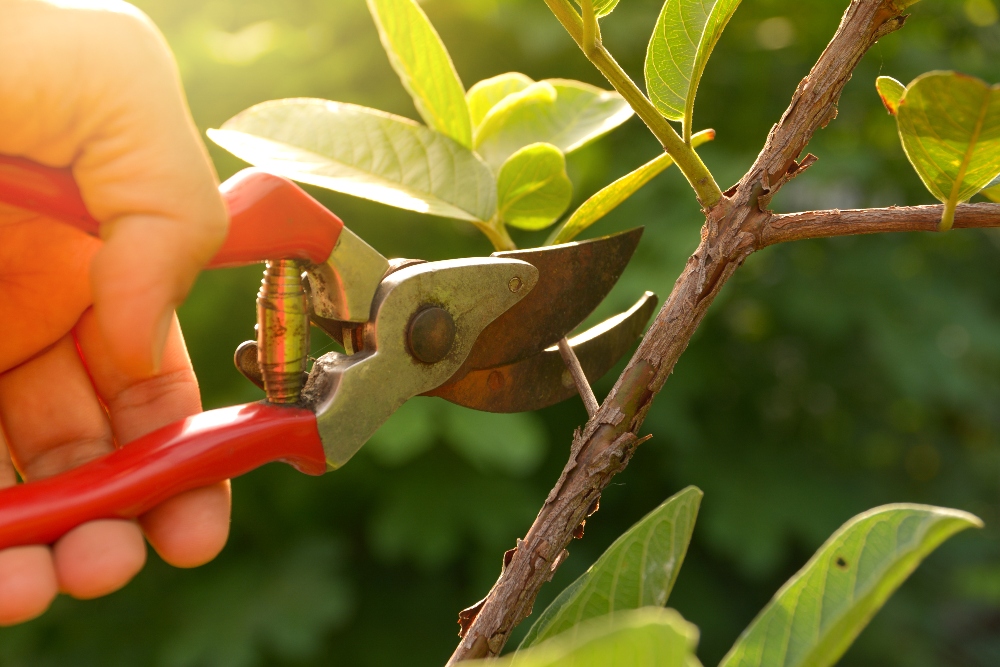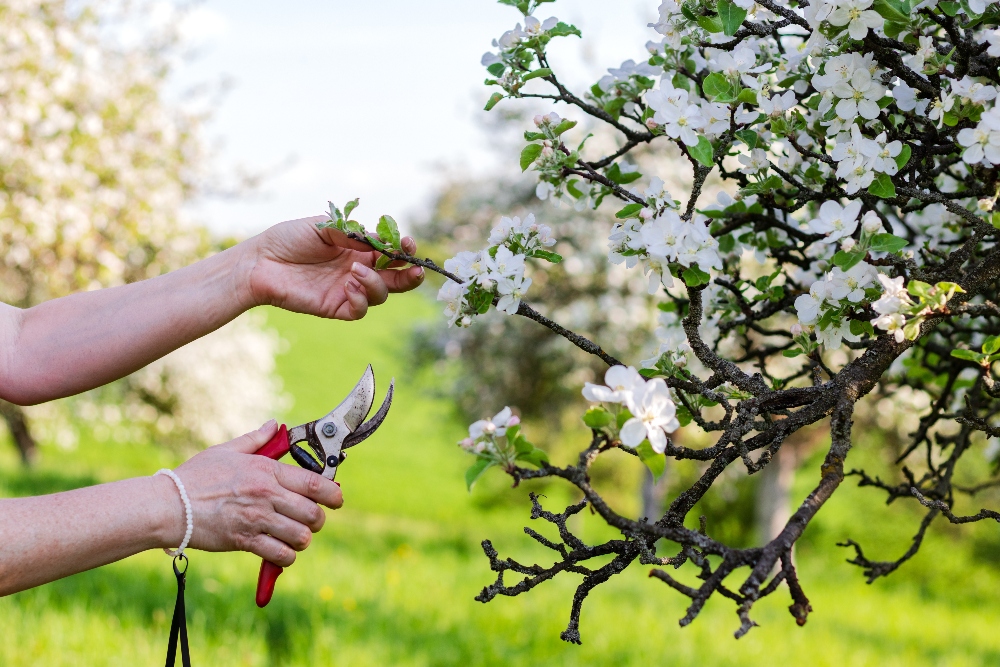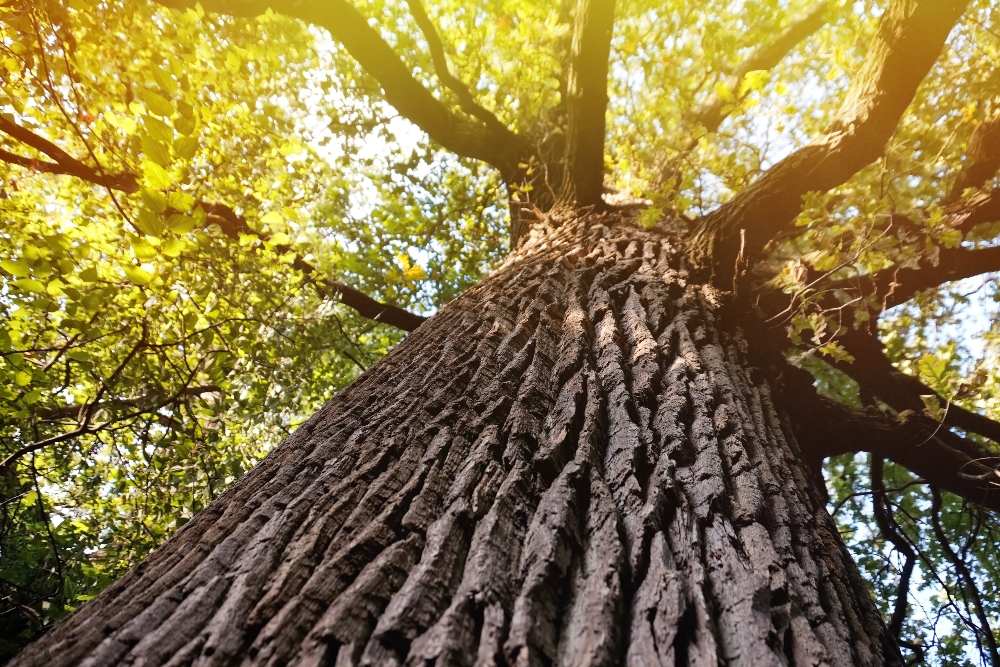Trim Your Trees Right this Winter with these Pruning Preparation Tips
If you live in Pennsylvania, you likely know that winter is the best time for pruning trees. There’s less foliage in your way, the process is less stressful on your plant and your tree will be less susceptible to infection while insects and fungi are hidden away from the cold.
Trimming your commercial property’s trees this winter not only helps to remove unsightly dead limbs but also promotes “a vigorous burst of new growth” for better bloom come spring, according to the Arbor Day Foundation.
But how do you really trim your tree, the right way? Shoddy cut jobs or poor timing can harm or even kill your towering beauties— some which took decades to grow.
Here are a few winter pruning tips to trim your trees properly:

1. Determine the tree’s species.
Different species of trees produce fresh leaves or flowers during different times of the year. It’s important to understand what kind of tree you’re cutting before pruning so that you aren’t disrupting its growth.*
*Trimming your tree during its state of dormancy (typically during late winter months in PA) ensures you aren’t depleting necessary energy your tree would need during stressful periods like hot summers. When you prune during the wintertime, your tree is not trying to regrow its cut limbs; it’s saving up the nutrients it needs to survive the cold and waiting until the spring to heal.
2. Determine the tree’s age.
Be sure to avoid trimming a newly planted tree, as most species need at least two years to root and fully establish before they have the energy reserves to recover from pruning. For any tree older than two years, it’s free game to trim— if it’s healthy.

3. Assess the overall health.
Does your tree look healthy? If it’s overgrown, that means it’s vibrant and in a great growing environment, making it a prime candidate for dormant pruning.
If you see damaged, diseased or dead branches but the overall base of the tree looks strong, removing these branches should be your first priority. They are stealing important resources from your tree, which is likely sending energy to these areas to try and recover. Cutting this “dead weight” will ensure your tree isn’t wasted its nutrients on lost causes.
Sometimes, trees are too far gone. If you bend a smaller section of the best-looking branch and it breaks quickly, your tree may be dying. Look for canopy thinning, premature color changing in its leaves, wilting, cracked bark or any of these other signs of a sick tree. After discovering any warning signs, follow these steps from GardeningKnowHow to assess if your tree is a goner.
4. Consider the tree’s function.
Where is this tree located on your commercial property? Is it above a bench, providing shade and cover for guests? Is it blocking the unsightly view of your parking lot or apart of a neat perimeter?
The way you trim your trees can really affect your landscape’s safety and influence your other plants. For instance, pruning overgrown branches can create clearer lines of view on a college campus to reduce crime at nighttime. On the other hand, cutting too much off your tree could kill the shade-loving flowers you planted at its base.

Before you start cutting, make sure you’re not sacrificing the tree’s functionality and are mindful of any impact the pruning will have on the rest of your landscape.
5. Find the “leader” branch.
Every tree has a main branch, shooting straight up from the trunk. The branch is your central branch for driving upward growth and should not be cut. Instead, look for lateral branches stemming from or adjacent to that branch.
These direct “competing branches” can draw energy away from your main shoot— which is sucking energy away from your leader, in an attempt to make itself the new leader. These rival shoots are terrific branches to remove in a reduction cut. Watch this video from the Arbor Day Foundation to see how to prune this part of your tree.
6. Guarantee a clean cut.
Have you ever noticed how a clean, smooth cut heals faster on your skin than a jagged wound? Sharpen your pruning shears or serrated saw to maintain as even of a cut line as possible. The more precise your trim, the better the regrowth or healing will be, come spring.
To reduce rough cuts, you’ll be creating a notch cut and a relief cut before your last removal cut. When trimming, you should cut at a slight downward angle to help guide a cleaner line too.
7. Never remove more than ⅓ of the tree at once.
You always want to keep at least ⅔ of the branches untouched. Removing more than ⅓ of your tree can cause an immense amount of stress on your plant and switch it into a state of panic.
It will rapidly deplete resources to try and heal and be less likely to recover from disease, future damage, etc. Learn more about the five factors that influence form and function here.
8. Count your yearly cuts.
Usually removing about a third of your tree’s branches occurs in roughly four to five cuts. To prevent pruning too much, try to never make more than five total cuts a year.
Nervous to Get Started?
Now that you’ve read these tree pruning preparation tips, do you feel confident enough to make the first cut?
Sometimes it’s best to trust the experts. The team at Carmanico can prune your trees this winter to promote fresh growth come spring.
